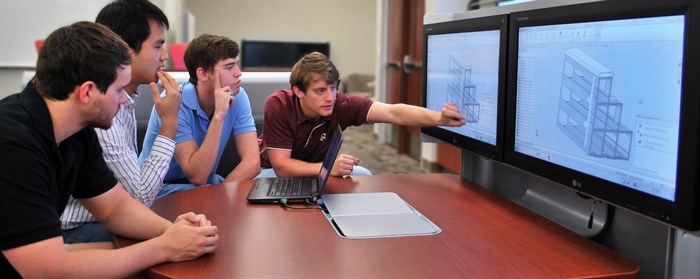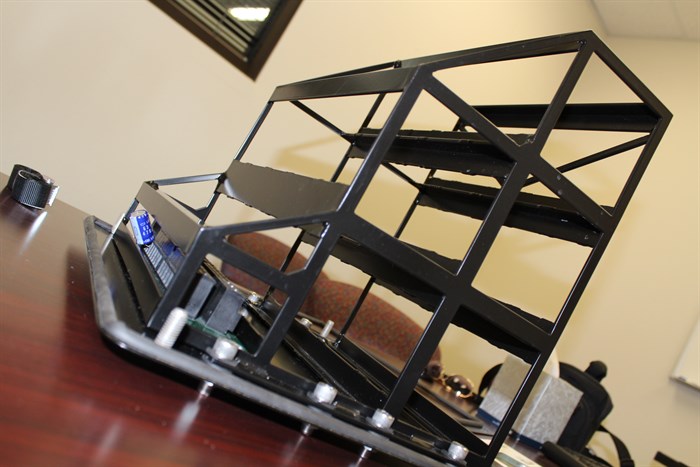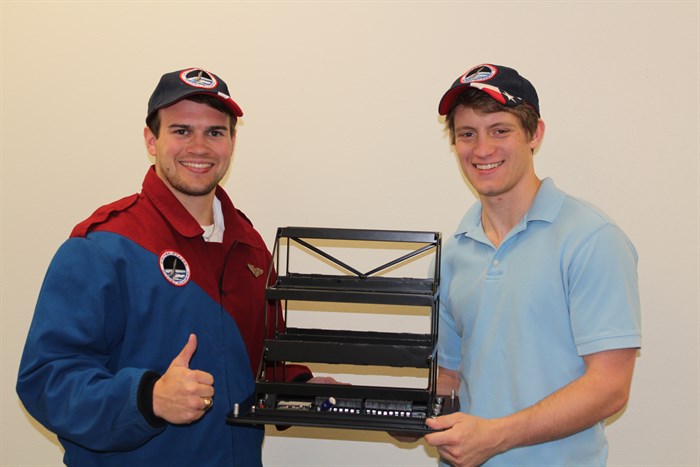The Lynx Cub Payload Carrier (LCPC) developed jointly by the United States Rocket Academy and the Space Engineering Research Center, part of the Texas A&M Engineering Experiment Station (TEES), is a new research platform that promises to dramatically reduce space flight cost for small science and education payloads. Designed and fabricated by Texas A&M faculty, students and TEES researchers, the first LCPC was delivered recently and will fly on the XCOR Lynx spacecraft. XCOR Aerospace is an American private rocket engine and spaceflight development company.

“The LCPC is a versatile system that installs in the Lynx cabin and allows small experiments to be carried as secondary payloads on any Lynx flight,” said United States Rocket Academy Chairman Edward Wright. “It can be installed and removed quickly for frequent, low-cost flight opportunities.

“LCPC payloads are based on the popular 1U, 2U, and 3U CubeSat form factors, which are de facto international standards for small scientific payloads,” per Chip Hill, director of the Space Engineering Research Center. “The payload carrier provides physical accommodations, electrical power, and limited thermal control for Lynx Cub experiments.” This project shows the benefit of partnerships between industry, government, and academia. XCOR Aerospace is currently developing the suborbital, fully reusable Lynx spacecraft for a variety of scientific and commercial missions. The United States Rocket Academy, a non-profit educational organization that studies and promotes the scientific, military, and commercial applications of human spaceflight, has Residents in Space as its flagship program. This program will use the LCPC on 10 Lynx missions. It will also be made available to other XCOR customers as both ready-to-fly hardware or as an open-source hardware design.
Dr. Justin Yates, project lead and an assistant professor in the Texas A&M Department of Systems and Industrial Engineering, said, "I am excited by the connection to K-12 education. I am proud that Texas A&M industrial engineers could play a part in this project that will excite, engage, and educate the next generation of scientists.”

Austin Goswick, (Austin, left, and Cress Netherland, right) an industrial and systems engineering major who worked on the project, added, "The Lynx Cub Carrier development was a great learning experience. This project tested me in every way, advancing my communication skills as well as my engineering skills. I can't wait to hear how it performs in the flight test."